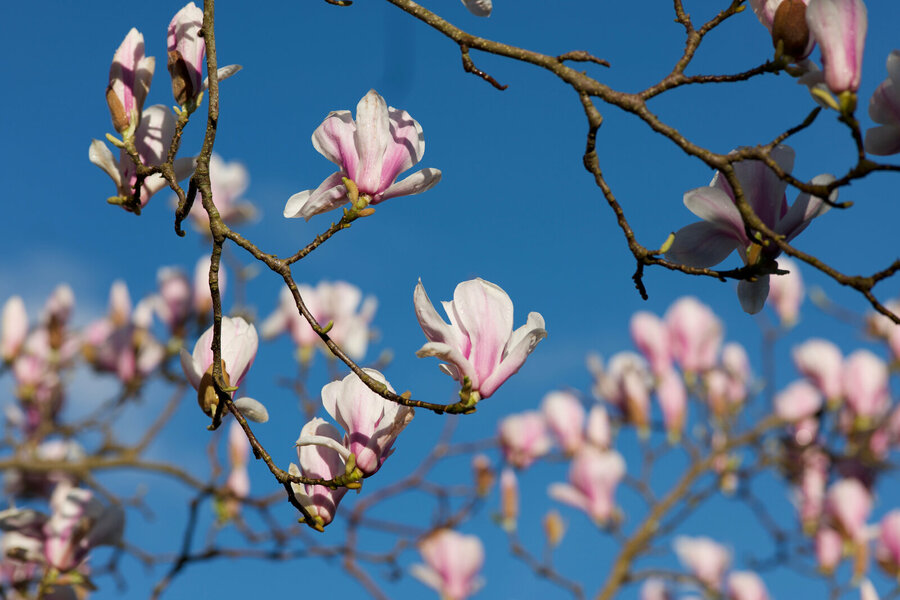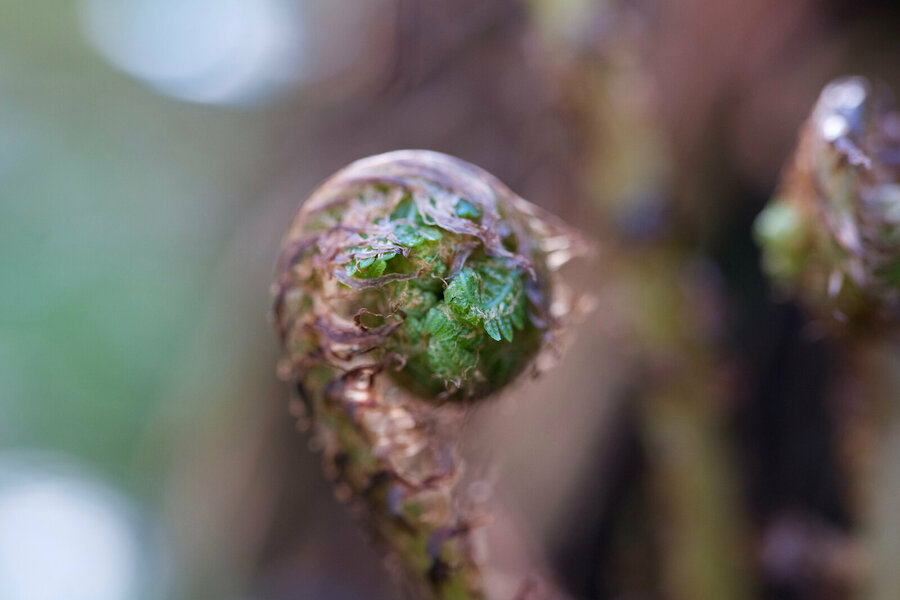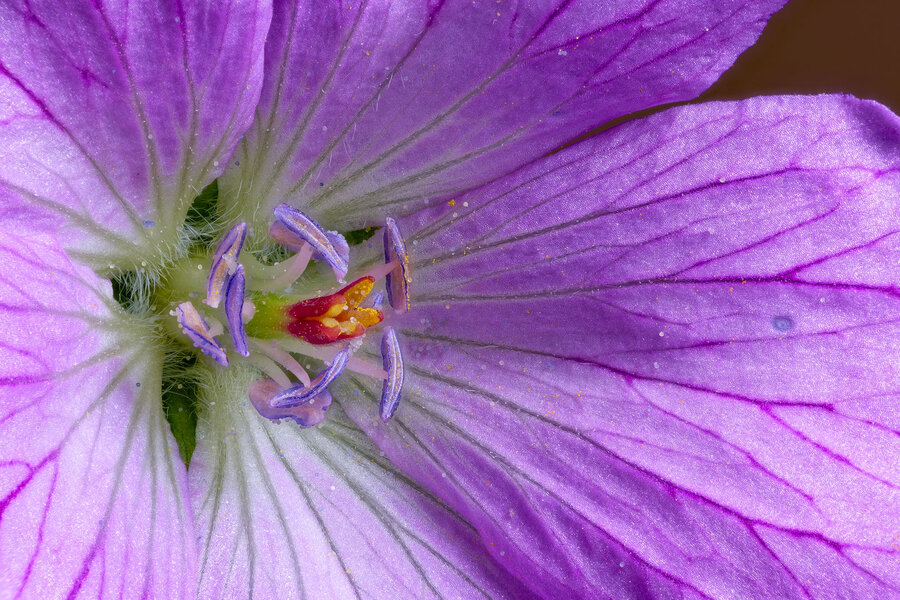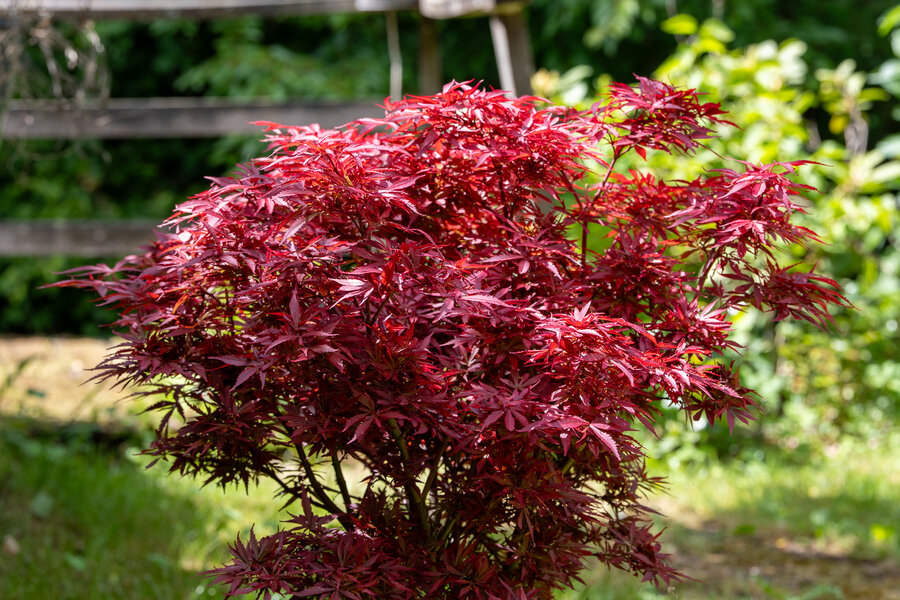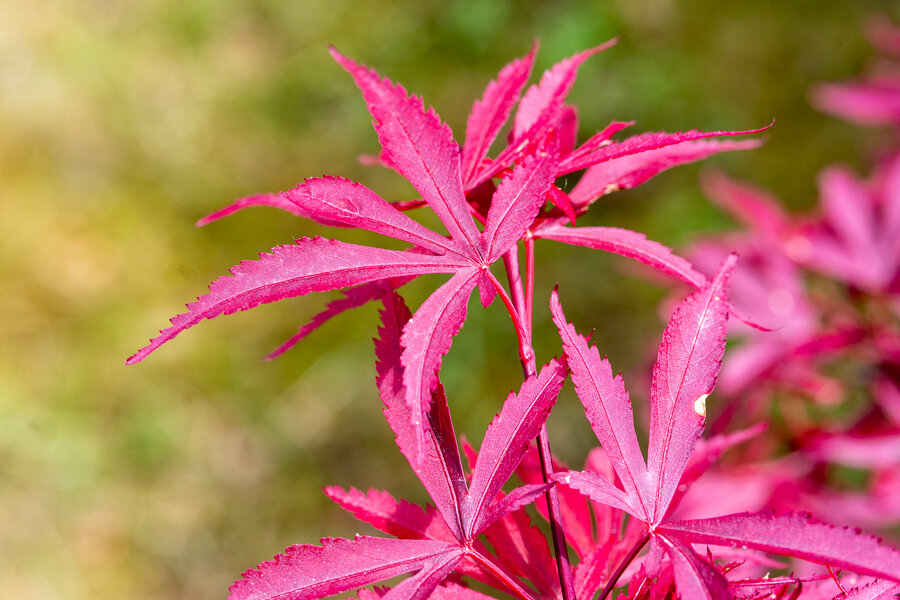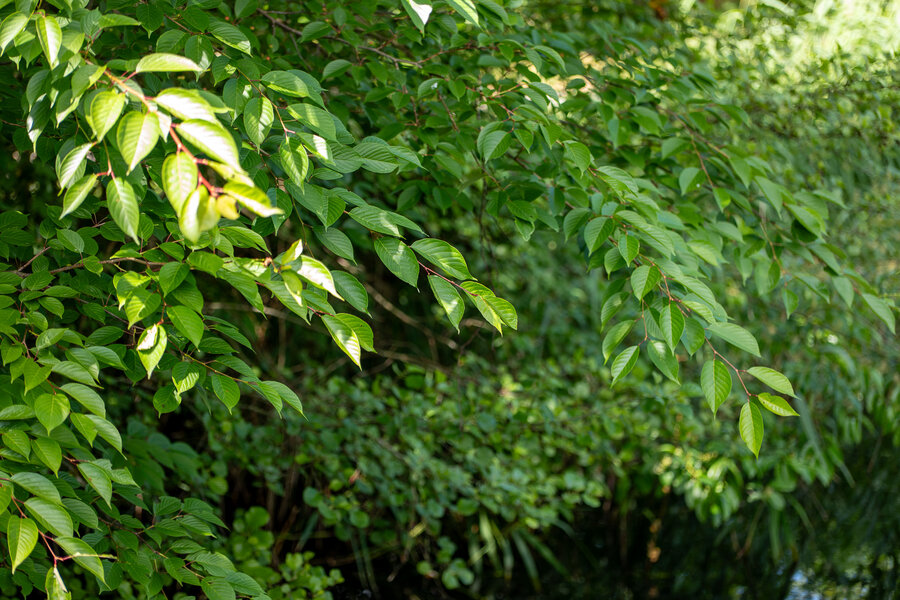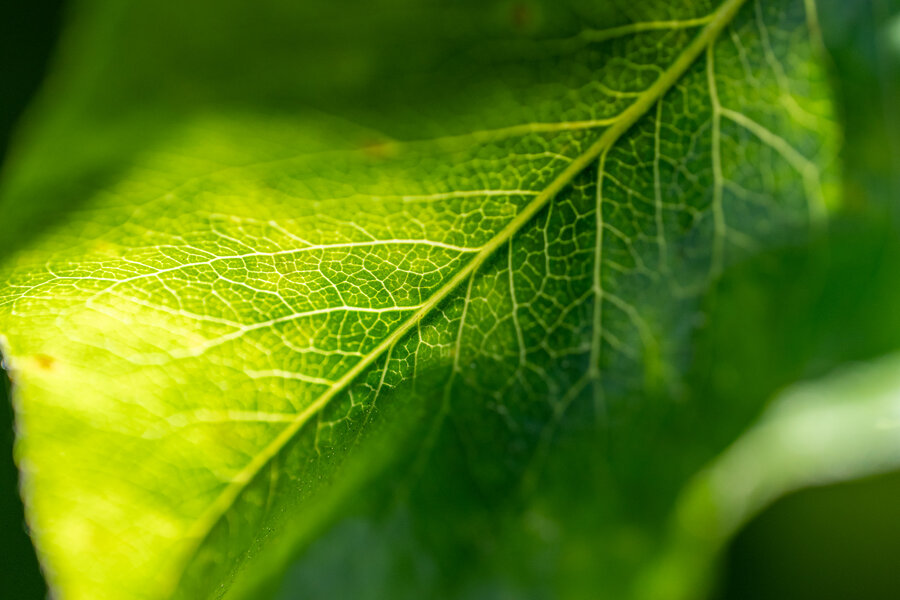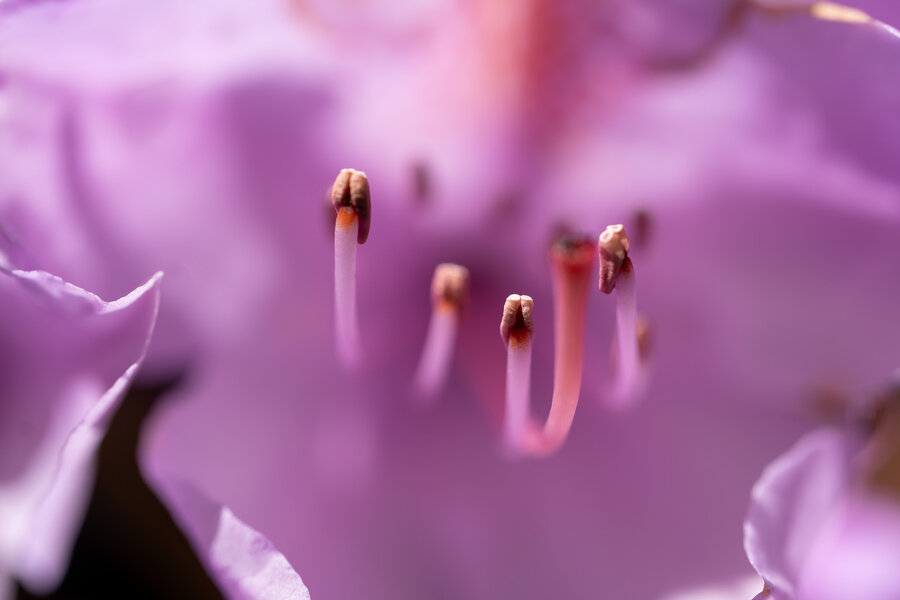Do you mean the advantage over automatic focus stacking? I know that some cameras do in-camera focus stacking (that is they take many shots with different focus points and merge them in camera) and others, like our beloved Panasonics, automatically take the shots with different focus points but don't merge them in camera.
The device pictured is a purely manual way of generating shots with different focus points: you mount the camera on the device, you set the camera at its nearest focus distance, and you then crank the handle to move the camera nearer to (or further from) the object you are shooting, taking a shot at each crank of the handle. Then you merge the resulting photos in software.
The advantage of the latter, manual, technique is that the automatic techniques begin to run out of steam as magnification increases. For example, the automatic stack generation of the Panasonic works perfectly fine for the 100mm macro lens with its 1:1 magnification ratio; but if I add on a Raynox or two, taking the magnification ratio beyond 2:1, the Panasonic step distance is not flexible enough to provide enough back-to-front focus variation to capture a deep subject without having to take a lot of photos. Another advantage is that at high magnifications, lining the subject up in the first place is a right royal pain: you want the lens at its minimum focus distance, with its focus point at the front of the subject. Actually moving the subject to get that to be so is a lot harder than moving the camera in tiny increments on one of these devices.
Almost all macro lenses display terrible focus breathing (and that's something that stacking software deals with); the Panasonic is very unusual in showing relatively little. I don't know what magic pixie dust was sprinkled over this lens, but it was very effective!
